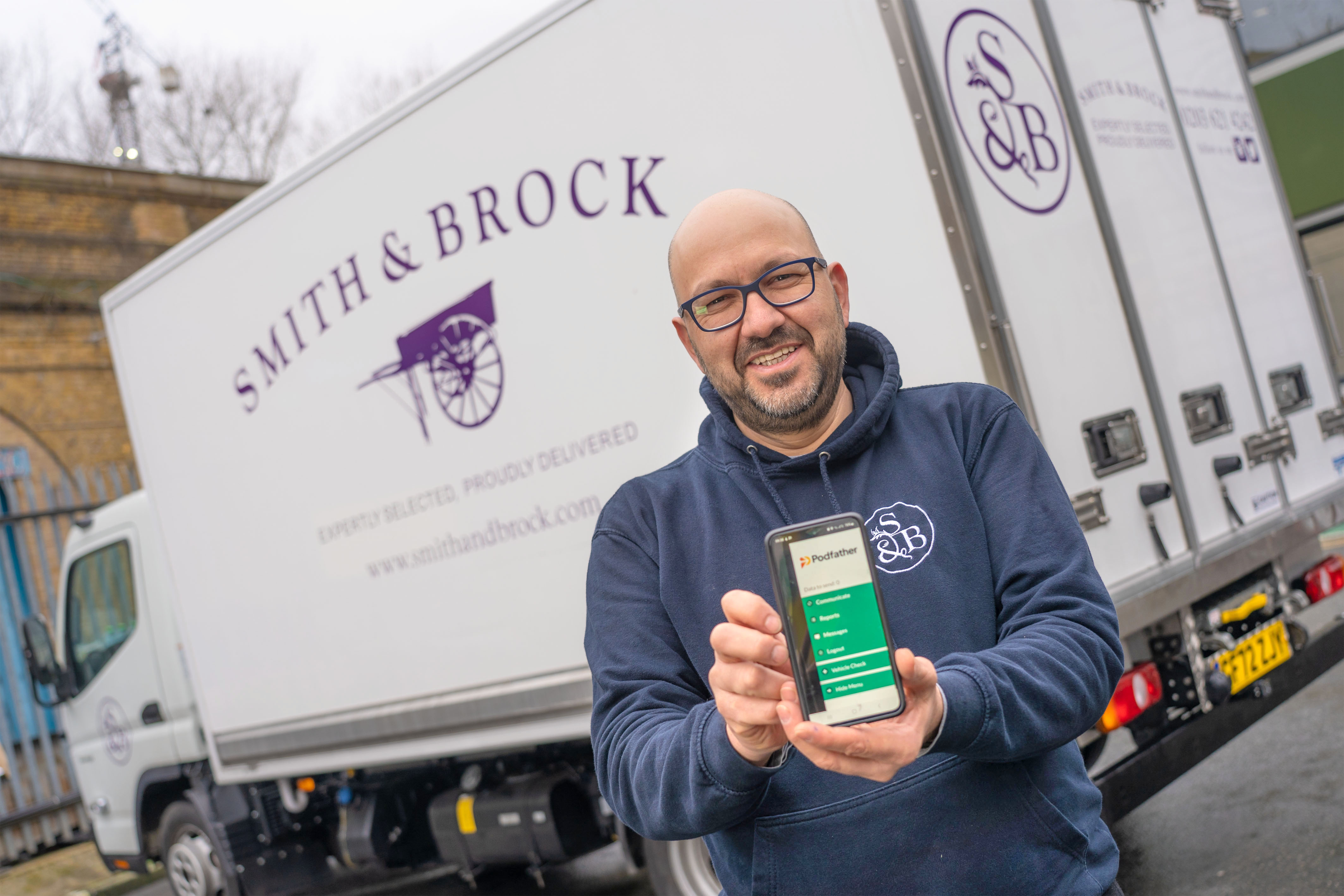Tired of Missed Deliveries and Costly Returns? Paperless Delivery Processes Help

In the fast-paced world of modern business, missed deliveries and costly returns are a headache many companies can’t afford to ignore. These issues not only disrupt operations but also impact customer satisfaction and bottom-line profitability. Fortunately, with the advancement of technology, there’s a solution that can help streamline your delivery processes, reduce errors, and minimise the financial impact of returns: paperless delivery systems. By digitising your delivery operations, you can improve efficiency, accuracy, and ultimately, customer experience.
The Cost of Missed Deliveries and Returns
Missed deliveries can have far-reaching consequences for any business. When deliveries don’t arrive on time, customers are dissatisfied, and your brand reputation suffers. In industries like logistics, e-commerce and manufacturing, the cost of re-delivery and missed deadlines can be significant, with businesses having to absorb extra delivery costs or even refund customers.
Similarly, returns due to incorrect deliveries, damaged goods, or mistakes in order fulfilment are equally costly. They involve not only the expense of shipping items back but also the time and labour involved in processing the return and restocking products. These inefficiencies can seriously affect your profit margins and customer retention.
How Paperless Delivery Systems Solve the Problem
One of the most effective ways to eliminate these inefficiencies is to implement a paperless delivery process, enabled by electronic Proof of Delivery (ePOD) technology. By moving away from paper-based systems and relying on digital tools, businesses can significantly reduce errors, improve tracking, and ultimately minimise missed deliveries and returns.
Here’s how paperless delivery systems can help:
Real-Time Tracking and Updates:
With a paperless system, delivery updates are instant. Using mobile devices such as smartphones or tablets, drivers can provide live updates on delivery status, including location, estimated delivery time, and even confirmation from the recipient, all in real-time. This enables businesses and customers alike to track deliveries more accurately, ensuring that deliveries are made on time and to the right place.
By having access to live tracking, businesses can proactively address any potential issues, such as traffic delays or incorrect addresses, before they result in missed deliveries. Customers, too, appreciate the transparency and reliability of real-time updates, which help prevent frustration and improve their overall experience.
Accurate Data Capture
Paper-based systems are prone to errors, especially when it comes to hand-written delivery notes and signatures. Mistakes in address details, dates, or even signatures can lead to delays or disputes. With a paperless delivery process, all information - whether it’s a recipient’s signature, delivery time, or photos of the goods upon delivery - can be captured digitally.
This ensures that the data is accurate, legible, and easily accessible for future reference. In the event of a dispute or a return request, you can quickly pull up the proof of delivery, with all the relevant details, to verify the transaction and resolve issues more efficiently.
Reduced Risk of Returns
Returns often happen because of confusion or miscommunication during the delivery process. For example, a customer may claim they didn’t receive their package or the wrong item may have been delivered. A paperless system removes these uncertainties by offering clear, irrefutable proof of delivery.
Using ePOD technology, businesses can capture a signature from the recipient at the point of delivery. If there’s ever a question of whether the right goods were delivered, businesses can cross-reference the ePOD with the original order to confirm the delivery was accurate. Additionally, the option to include photos of the delivered items can further validate that the correct items were received in good condition, helping to reduce the volume of returns due to customer dissatisfaction.
Seamless Communication Between Teams
A paperless delivery process ensures that all relevant information is shared instantly with your internal teams. Once delivery is completed, the data is automatically synced with your system, reducing the need for manual entry or the risk of lost paperwork. This allows your warehouse, logistics, and customer service teams to communicate more efficiently and act quickly in case of issues.
Improved Operational Efficiency
Ultimately, paperless systems help businesses become more efficient by eliminating manual paperwork, reducing errors, and speeding up the delivery process. By automating the tracking and documentation of deliveries, businesses can focus on improving other aspects of their operations - such as optimising delivery routes or enhancing customer service.
Conclusion
Missed deliveries and costly returns are a significant drain on time, resources, and profitability. However, businesses can dramatically improve their delivery processes by adopting a paperless approach. By leveraging technology like ePOD, businesses can ensure real-time updates, accurate data capture, and transparent communication, which reduces the likelihood of errors and customer disputes.
In the long run, embracing paperless delivery processes leads to smoother operations, fewer returns, improved customer satisfaction, and lower operational costs. For businesses looking to reduce the impact of missed deliveries and costly returns, going paperless isn’t just a trend - it’s a smart, forward-thinking solution that delivers tangible results.


